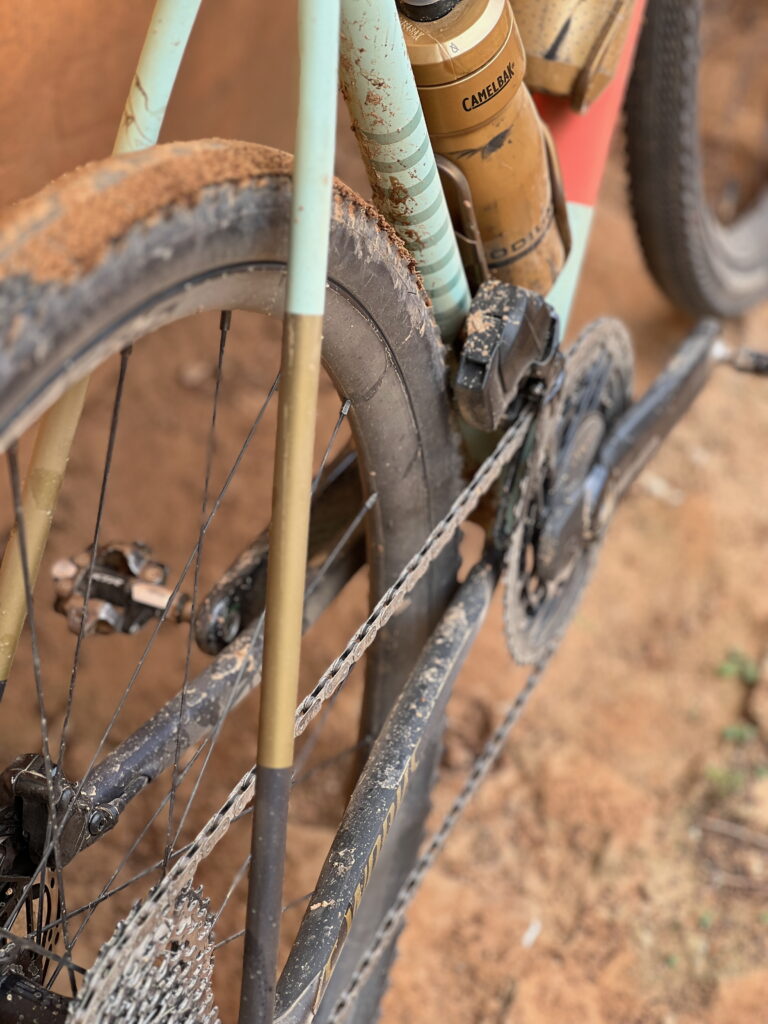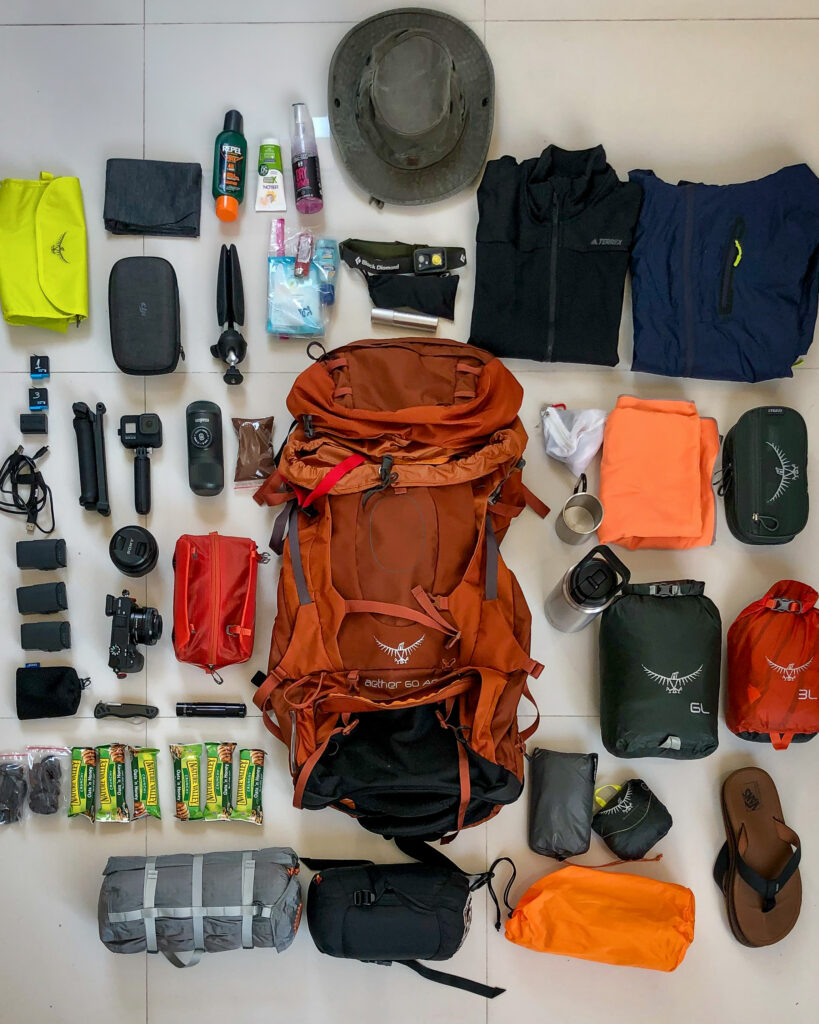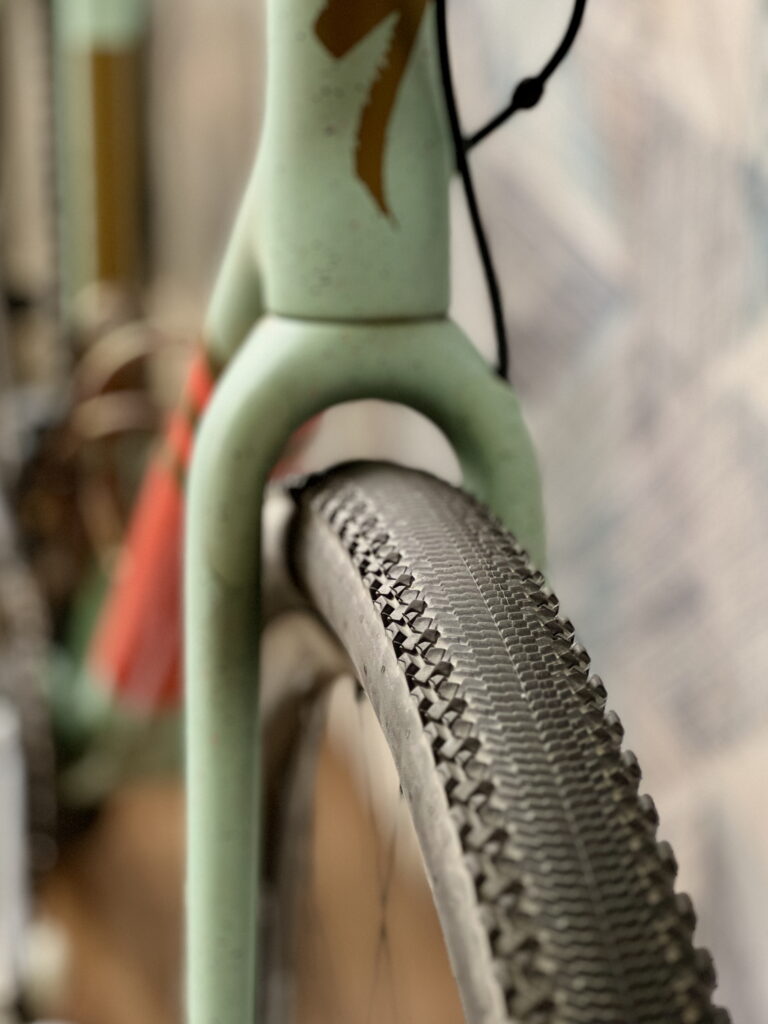THE ULTIMATE
SETUP
WHAT TO
RIDE
The terrain in the Salar de Uyuni and its surroundings is unlike anywhere else in the world. While there are no endless climbs, you will face long stretches on hard-packed surfaces with some sandy and loose sections. Choosing the right bike and setup is key to enjoying the event to the fullest.
Recommended Bikes
- Gravel Bikes: The best choice for this event. A minimum tire width of 42C is recommended for better flotation and stability on loose terrain. Models with endurance-focused geometry and stability are ideal.
- Drivetrain: Since there are no steep climbs, 2x drivetrains can be a great option, offering better cadence over long, flat sections. However, 1x setups with wide-range cassettes are also perfectly suitable.
- MTB Bikes: Mountain bikes are welcome, but they are not the most efficient option for this type of terrain. They will handle sandy sections more easily, but on the majority of the route, they will be at a disadvantage compared to gravel bikes due to their weight and higher rolling resistance. Full suspension is not necessary.
Additional Considerations
- Ensure your bike is in top condition before the event.
- Check your drivetrain and brakes for proper function.
- If running tubeless, refresh your sealant and inspect your tires for any porosity.
- Bring a saddle bag with essential spares such as a spare tube, pump, CO₂ cartridges, quick link, and a multi-tool.
- MTB-style pedals (SPD or similar) are recommended as they allow for easier walking in tricky terrain.


WHAT TO
WEAR
Uyuni has an extreme climate with significant temperature variations. The days can be warm under the intense sun, but temperatures drop sharply at night. Being prepared for both conditions is essential.
For Cycling
- Helmet: Mandatory for safety. A well-ventilated model is recommended, and it should be compatible with a cap or buff for colder conditions.
- Cycling apparel with UV protection: The sun in Uyuni is intense. Long-sleeve jerseys or UV sleeves are advised to prevent sunburn.
- Extra layers:
- Lightweight base layer for cooler mornings.
- Wind vest for early hours.
- Windproof or mid-range jacket for when temperatures drop.
- Gloves: Optional, but useful for early morning cold and dust protection.
- SPD clipless shoes (or similar): Stiff soles improve pedaling efficiency while still being comfortable for short walks.
- Sunglasses: Protect against sunlight, dust, and reflections from the salt flats.
Sunscreen: A must-have. Apply on your face, arms, and legs before riding, and reapply during the day. - Your national flag: To share the international spirit of the event and for great photo opportunities.
For the Rest of the Days in Uyuni
Uyuni has a desert-like climate with large temperature fluctuations. While the sun can make daytime feel warm, nights are much colder.
- Comfortable hiking shoes: For exploring the incredible landscapes of Uyuni.
- Multiple layers of warm clothing: A layering system is best. Bring:
- Lightweight thermal base layer
- Sweater or fleece jacket
- Down or windproof jacket for the evenings
- Hat, cap, or sun hat: To protect yourself from the intense sun.
- Sunglasses: Essential for high-altitude sun exposure.
- Sunscreen: The sun in Uyuni is strong even on cloudy days.
- Camera: Uyuni is one of the most photogenic places on Earth—bring a good camera or a phone with high-quality imaging capabilities.
WHAT TO
ROLL ON
The type of tires you choose can significantly impact your experience at the Uyuni Gravel Experience. Here are key factors to consider:
- Recommended width: 42C or wider for optimal flotation on loose terrain. 40C tires may work, but you’ll have less margin in sandy sections. In this particular occasion, wider is better.
- Tread pattern: A semi-slick design with light side knobs is ideal to maximize speed on the hard-packed salt flats while maintaining grip in technical sections.
- Tire pressure: Given Uyuni’s mixed terrain, it’s best to adjust tire pressure as needed. Bring a portable pump with a gauge for adjustments.
- Tubeless setup: Highly recommended to reduce puncture risks and allow for lower pressures without pinch flats.
- Spare Parts & Tools
- Fresh sealant before the event (at least 60 ml per tire).
- Spare tube for emergencies.
- Tubeless repair kit (plugs, tool, CO₂ cartridge, or mini pump).
- Quick link and multi-tool for quick fixes on the go.
PHYSICAL PREPARATION
Recommended Level: Intermediate/Advanced Amateur.

